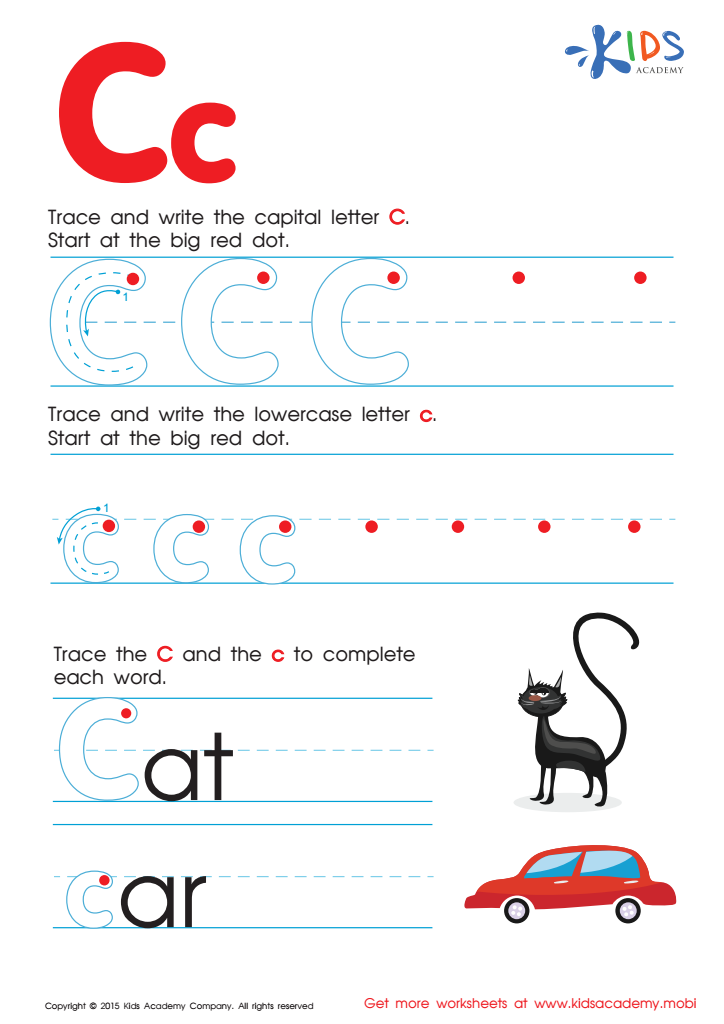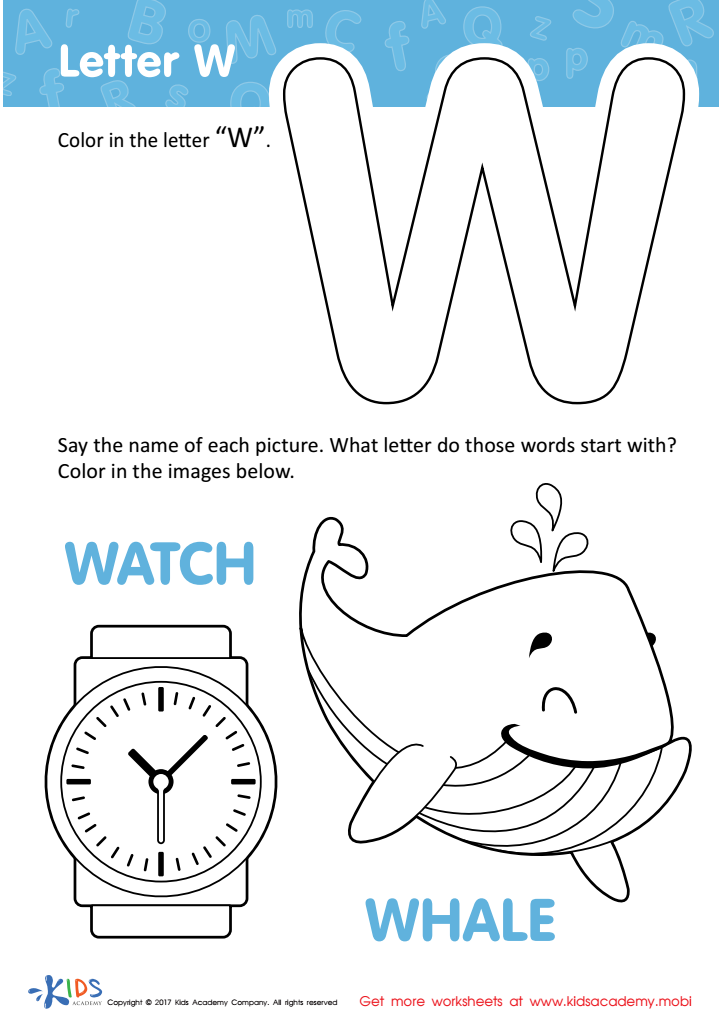Letter tracing skills Alphabet Worksheets for 9-Year-Olds
3 filtered results
-
From - To
Enhance your 9-year-old's letter tracing skills with our engaging alphabet worksheets, specially designed to support early literacy development. These interactive activities focus on improving fine motor skills and building confidence in handwriting. Each worksheet features uppercase and lowercase letter tracing opportunities, colorful illustrations, and fun exercises that make learning enjoyable. By practicing regularly, children will refine their letter formation and boost their overall writing abilities. Ideal for at-home learning or classroom use, our worksheets are a perfect resource for educators and parents alike. Start your child's journey to better handwriting and solidify their foundation in language skills today!


Letter T Coloring Sheet


Letter C Tracing Page


Letter W Coloring Sheet
Letter tracing skills are fundamental for 9-year-olds as they play a crucial role in developing handwriting proficiency, fine motor skills, and overall literacy. At this age, children are transitioning from learning to write to using writing as a meaningful tool for communication, learning, and creativity. Engaging in letter tracing helps reinforce letter recognition and enhances their ability to formulate letters independently.
Moreover, practicing letter tracing aids in improving hand-eye coordination, which is essential not just for writing but for various tasks in daily life. As children develop these skills, they gain confidence in their writing abilities, helping reduce frustration and anxiety related to schoolwork.
Additionally, in our increasingly digital world, foundational writing skills remain critical. Good handwriting skills support literacy development, promoting effective communication and expression of ideas. When parents and teachers prioritize letter tracing, they lay the groundwork for successful writing and academic achievement.
Ultimately, fostering these skills can lead to positive attitudes toward learning and self-expression. By making letter tracing a fun and engaging practice, both parents and teachers can nurture a love for writing as children continue to grow and develop academically.

 Assign to My Students
Assign to My Students



















